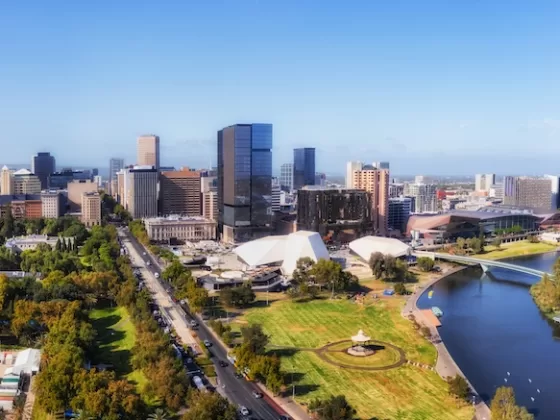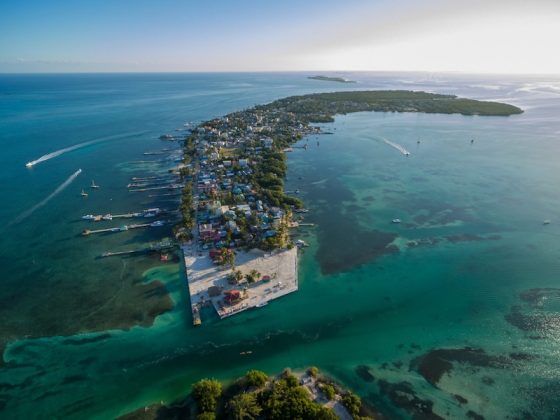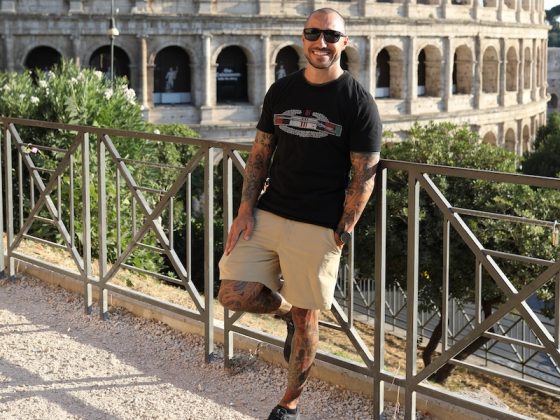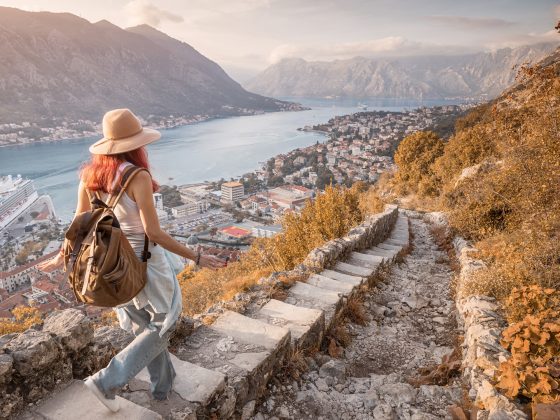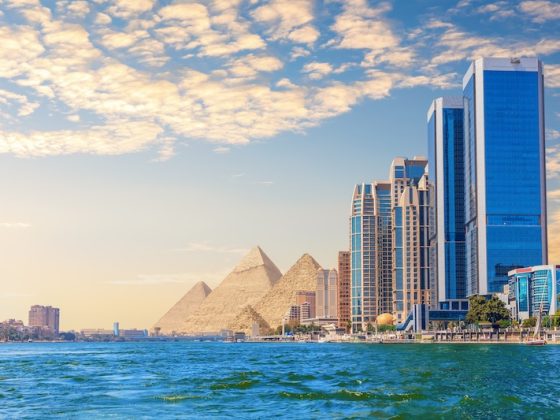The Mirage of Cheap Living
There’s a dream that lingers in the minds of many nearing retirement—one that usually begins with turquoise seas, cobblestone streets, and the seductive promise that you can live like royalty on a pensioner’s income. It’s the idea that, somewhere out there, there’s a country where the cost of living is low, the quality of life is high, and you won’t have to choose between medication and red wine.
For many, retiring abroad is no longer a radical idea—it’s a strategic one. As the cost of living rises and the quality of life feels increasingly out of reach—particularly in America and parts of Europe—the idea of stretching your money across a border begins to sound less like escapism and more like intention. And it’s not just about saving money, it’s about expanding what your money can mean.
The glossy articles will tell you it’s easy. That you can swap your one-bedroom apartment in Phoenix or Manchester for a colonial villa in Latin America, or a seaside condo in Southeast Asia. But the truth, as always, is more nuanced. Affordability abroad is possible—but it’s never simple. Because once you scratch beneath the surface of currency exchange rates and real estate bargains, you uncover a deeper equation. One that includes healthcare, bureaucracy, taxation, social infrastructure, and whether or not you can actually see yourself aging in a place that isn’t home.
So, where can you actually afford to live when you retire abroad? And what does “afford” really mean? It depends—on you, your habits, your needs, your risks, and your definition of enough.
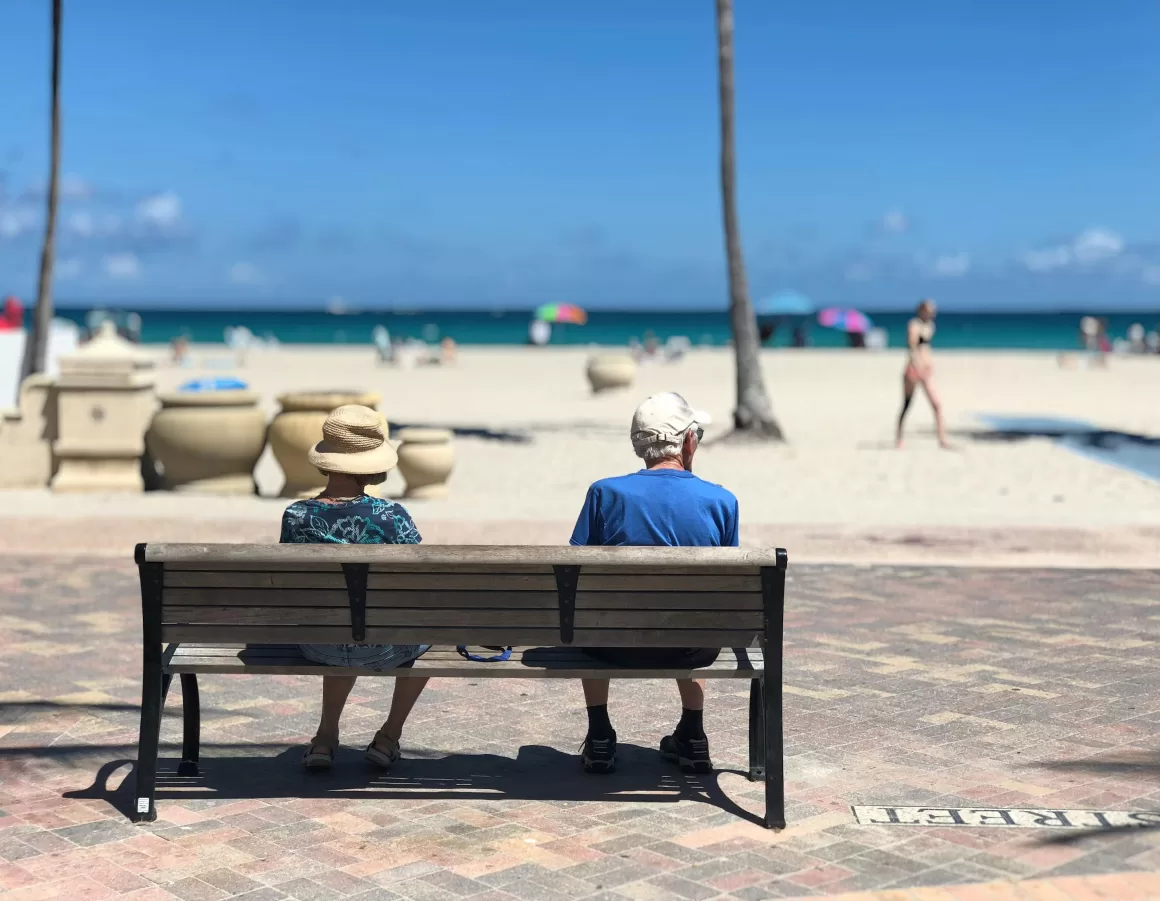
Redefining Affordability: It’s Not Just Rent
Most people start with housing. Understandably so—it’s the biggest fixed expense and often the most tangible. But true affordability in retirement isn’t about cheap housing. It’s about sustainability.
You have to ask: what kind of medical care will I need, and is it available? Will I want to travel back to see family, and what will flights cost? Do I need a car? What happens if the currency shifts and my pension drops in value overnight? Can I live somewhere long enough to feel secure—or will visa renewals force me to move?
Affordability isn’t static. What feels like a bargain in your 60s can become a liability in your 70s. The villa with no stairs becomes a fortress when your physical mobility changes. That rural town with low rent might have no hospitals within 50 miles. The cheap destination with no taxes might also offer no services.
The real question isn’t “What does it cost to live there now?” It’s “What will it cost to age there well?”
“Affordability isn’t about just finding cheap rent—it’s about whether your lifestyle, healthcare, and long-term needs can be sustained without surprises,” said Nina Caldwell, a retirement relocation advisor with 20 years of experience guiding U.S. and U.K. citizens through overseas moves.
Portugal: The Darling of the Digital and the Retired
It’s hard to talk about retiring abroad without mentioning Portugal. For the past decade, it’s held a magnetic pull over expats of all ages. For retirees, the appeal is clear: a mild climate, excellent public healthcare (once you’re a resident), walkable cities, and a relatively low cost of living compared to other parts of Western Europe.
In smaller cities like Coimbra or Évora, it’s still possible to rent a comfortable apartment for under €800 a month, eat out regularly, and access affordable medical care. Public transportation is robust. Prescription costs are modest. English is increasingly spoken.
But Portugal’s popularity has come at a price—literally. In places like Lisbon and the Algarve, rent has soared. The days of €500 ocean-view flats are mostly gone. And with the government phasing out tax incentives for new foreign residents, the financial advantage is softening as well.
Still, for those with modest but stable income—say, $2,000 to $2,500 a month—Portugal remains one of Europe’s most accessible and graceful places to retire.
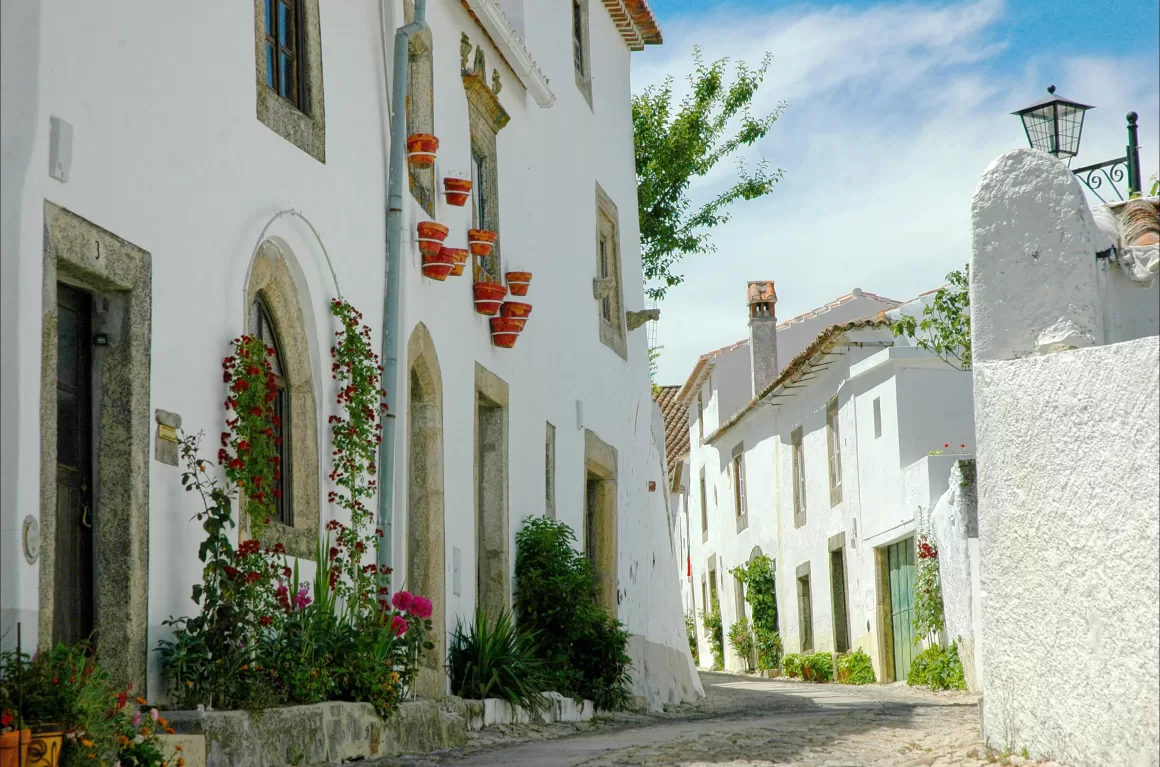
Moving to Portugal Made Easy: Read These Top 10 Tips Before You Go to Portugal
Thailand: A Retirement of Contrasts
Thailand has long attracted the adventurous retiree. It offers stunning natural beauty, low daily costs, and an expat infrastructure that’s surprisingly robust. A couple can live comfortably in Chiang Mai on $1,500–$2,000 per month, enjoying fresh food, regular massages, and a relaxed pace of life.
The Thai healthcare system is one of the most impressive in the region, with private hospitals offering high-quality care at a fraction of U.S. prices. International health insurance is recommended, but many retirees choose to pay out-of-pocket for routine needs.
However, immigration can be challenging. Thailand offers a retirement visa for those older than 50, but it requires proof of income or deposits and must be renewed annually with considerable paperwork. Long-term stability, then, can feel elusive.
There’s also the question of cultural fit. For some, the shift is thrilling. For others, the language, customs, and distance from home feel isolating over time. Thailand offers value, beauty, and grace—but only if you’re willing to embrace its rhythms.
Make Your Move to Thailand Smooth: Learn the Top 10 Tips Today
Central America: Warmth Without the Overhead
Central America continues to attract retirees looking for sunshine, simplicity, and value—without the transatlantic leap. For North Americans in particular, the region offers short flight times, friendly visa options, and a gentler cultural transition.
Belize remains a top choice for English speakers. Its QRP program allows retirees over 45 with $2,000/month in income to gain residency and import goods duty-free. Life here is laid-back and coastal, but healthcare infrastructure is basic, especially outside larger towns. It suits those seeking serenity more than those needing consistent care.
Panama, on the other hand, offers one of the most comprehensive retirement programs globally. Its Pensionado Visa requires just $1,000/month in pension income and comes with discounts on everything from utilities to airfare. Panama City boasts solid private hospitals, while smaller towns like Boquete cater to expats seeking cooler climates and community.
The trade-offs? Bureaucracy, occasional power outages, and a pace of life that doesn’t always match your expectations. But for many, Central America delivers what matters most: warmth, value, and just enough familiarity to feel at ease.
Mexico: Proximity Meets Practicality
For North Americans, Mexico is more than just a vacation hotspot—it’s a retirement solution that doesn’t require crossing an ocean or changing continents. From the temperate highlands of San Miguel de Allende to the coastal beauty of Puerto Vallarta, the country offers a broad spectrum of lifestyles, climates, and costs.
It’s also one of the few countries where you can still, genuinely, live well on under $2,000 a month—provided you avoid expat-saturated enclaves. A two-bedroom apartment in a smaller inland town might cost $400–$600 a month. Street food and produce remain incredibly inexpensive. And the national healthcare system, while variable in quality, is accessible and often subsidized for residents.
But Mexico is no longer a hidden secret. In more touristed zones, prices have crept up, and the cultural fabric is beginning to shift. Safety is also a consideration, though often misunderstood. Many expats report feeling safer in their adopted Mexican towns than they ever did in their home cities—but research and nuance are essential.
If you’re looking for proximity, warmth, and value, Mexico delivers. But the question remains: are you prepared to integrate, learn the language, and build a life there—not just a lifestyle?
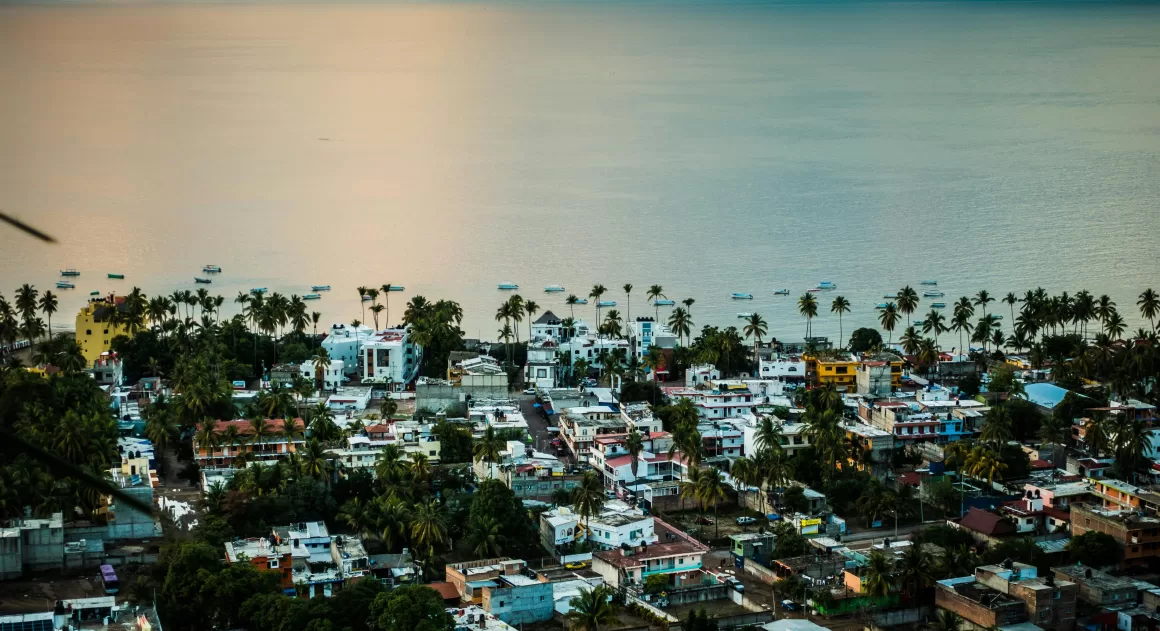
Uruguay: Stability in a Small Package
If Latin America calls, but you’re seeking something quieter, more European in feel, Uruguay might be the answer. The country rarely makes the top of retirement lists, and that’s part of its charm.
Montevideo is clean, calm, and organized. The public healthcare system is accessible and reliable for residents. The rule of law is strong. Political drama is minimal. And for those with a steady retirement income—around $2,000 to $2,500 a month—it offers a stable, peaceful lifestyle.
There’s no retirement visa per se, but gaining residency as a retiree is straightforward. Uruguay doesn’t impose wealth taxes, and its currency has been more stable than many of its neighbors. It lacks the flash of other destinations, but that’s precisely what makes it appealing to a certain kind of retiree—one who values calm over chaos, and quiet dignity over Instagrammable living.
“People budget for housing, but forget the real wildcards: healthcare, inflation, and the mental cost of starting over,” said Luis Martinez, founder of Global Move Consulting, which specializes in retirement planning across Latin America.
Eastern Europe: Still Under the Radar
While Western Europe continues to draw the spotlight, Eastern and Central Europe quietly offer some of the best value in the region. Countries like Bulgaria, Romania, and even certain parts of Poland provide the historic charm and solid infrastructure that Europe is known for—at a fraction of the cost.
In Bulgaria, for instance, you can rent a comfortable apartment in a small city for €300–€500, and the cost of groceries and utilities is notably low. Healthcare can be a mixed bag, but private clinics in larger cities offer decent care for modest fees. Romania offers similar value, with a growing expat community in cities like Cluj-Napoca and Brașov.
The trade-off is bureaucratic: visas can be complicated, language barriers are real, and integration may require more effort. But for retirees looking to stretch their budgets without sacrificing cultural richness, the region deserves more attention than it gets.
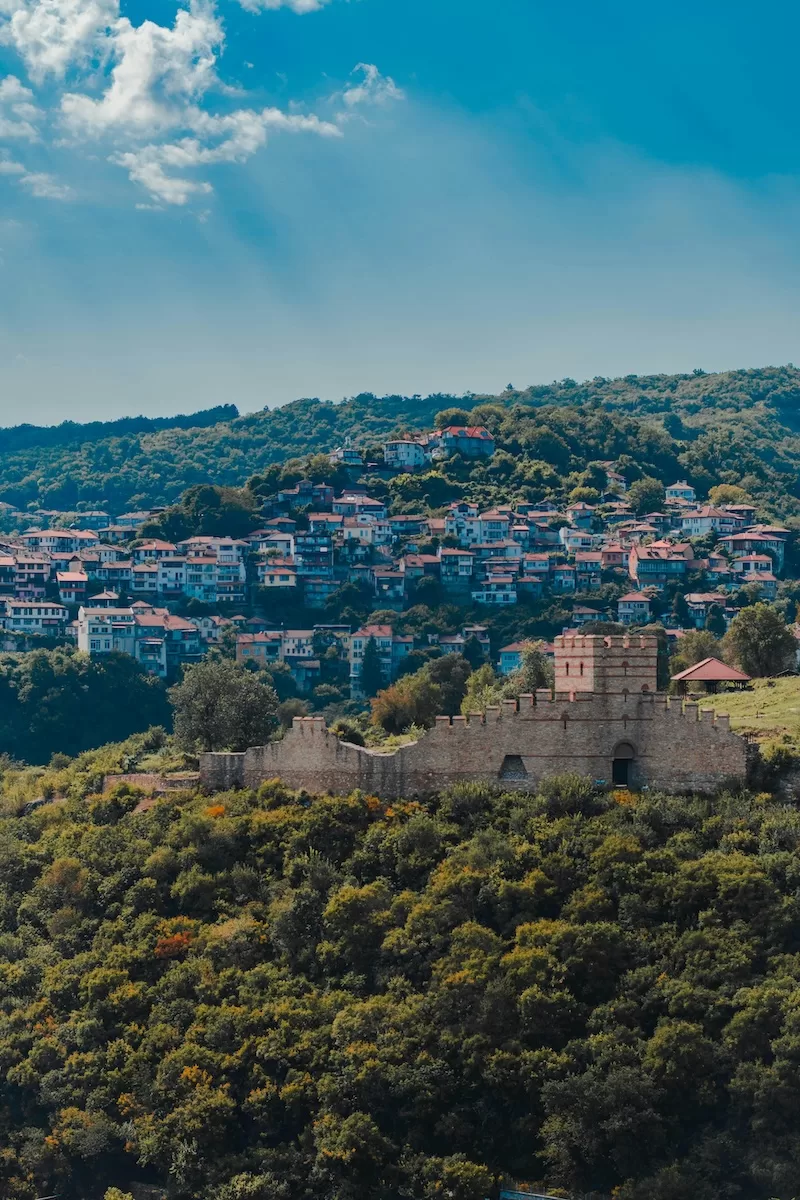
The Wild Card: Georgia
Georgia (the country, not the U.S. state) has become something of a darling among adventurous remote workers and early retirees alike. The capital, Tbilisi, is eclectic, historic, and increasingly international.
The cost of living remains low—rent, food, and public transport are all affordable. Wine flows freely, and hospitality is woven into the culture. There’s no official retirement visa, but long stays are possible for citizens of many countries. The healthcare system is improving, and while public care is limited, private options are growing in number and quality.
For those seeking a slower pace, a mild climate, and a low-cost base with personality, Georgia offers a chance to get in early—before the inevitable wave of interest drives up prices.
Currency, Visas, and Health
Wherever you choose to go, three things will shape your financial reality more than rent: currency risk, visa security, and healthcare access.
If your pension is in dollars and the local currency collapses, you win. But if it strengthens, your fixed income may shrink. Always account for volatility.
Visa-wise, don’t assume you can just “stay.” Some countries require income thresholds, criminal background checks, or health exams. Others are easier to enter but harder to stay in long-term.
And healthcare—arguably the most important piece—can be your greatest cost or your greatest savings. Access varies wildly, and what works in your 60s might not in your 70s. Countries with reliable public systems and robust private options offer the most flexibility.
“You can live cheaply in dozens of countries. But if the healthcare isn’t there when you need it, it stops being affordable fast,” said Dr. Ana Meirelles, a public health expert based in Lisbon who works with international retirees.
Read more like this: How to Retire Tax-Free Abroad
Beyond the Spreadsheet
Retiring abroad isn’t just a numbers game—it’s a declaration of intent. Yes, it’s about what you can afford. But it’s also about what kind of life you’re ready to step into. One that’s shaped not just by financial strategy, but by curiosity, courage, and a willingness to live differently.
The practical questions still matter: how far your money will go, what kind of healthcare you’ll need, whether a visa gives you roots or just temporary wings. But beyond that, the real opportunity is to design a retirement that reflects who you’ve become—not just who you were at home.
Because there are still places where a modest income buys more than comfort—it buys freedom. Where you can live slower, simpler, and perhaps more soulfully than the version of retirement you were handed. And while no country is perfect, there are many where the trade-offs are worth it.
So ask the harder questions. Plan wisely. Prepare for change. But don’t let fear dictate your final chapter. You’ve earned this life—and somewhere out there, there may be a country waiting to give you back more than you ever thought possible.
Not a fantasy. Just a future—with better light, a different rhythm, and maybe, finally, enough.
Retiring Abroad: Stay Ahead on Every Adventure!
Stay updated with the latest travel news on Escape Artist. Get all the travel news, international destinations, expat living, moving abroad, Lifestyle Tips, and digital nomad opportunities. Your next journey starts here—don’t miss a moment! Subscribe Now!
FAQ: Retiring Abroad
Can I buy property in another country as a retiree?
Yes, in many countries foreigners can purchase property. However, laws and taxes vary, so local legal advice is recommended.
What are the best countries to retire abroad?
Popular choices include Portugal, Mexico, Costa Rica, Spain, Panama, and Thailand—offering affordability, healthcare, and a welcoming expat community.
How much money do I need to retire abroad comfortably?
It depends on the country, but many retirees live comfortably on $1,500 to $3,000 per month, including housing, healthcare, and daily expenses.
Will I have access to healthcare as a foreign retiree?
Yes, many countries offer public or private healthcare options for retirees. Some require health insurance as part of a visa application.
Do I need a visa to retire abroad?
Most countries offer retirement visas or long-stay residency permits. Requirements vary by country and often include proof of income, age, or health insurance.
Is it safe to retire abroad?
Yes, many countries popular with retirees have low crime rates and stable governments. It’s important to research safety, healthcare, and legal rights beforehand.
